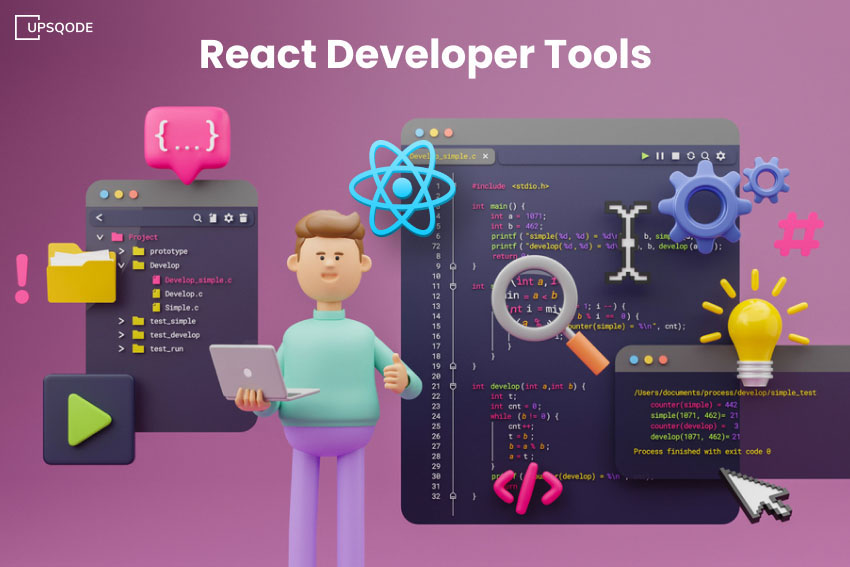Candid Insights
Exploring the latest trends and stories that shape our world.
React Riddles: Solving Common Development Puzzles
Unlock the secrets of React! Dive into our collection of clever riddles and solutions for your toughest development challenges.
Understanding State Management in React: Common Riddles and Solutions
State management in React can initially seem daunting, especially for those new to the library. React's component-based architecture provides developers with multiple ways to handle state, including local component state, Context API, and external libraries like Redux. Each method comes with its own set of advantages and trade-offs, making it essential to choose wisely based on the application's needs. Understanding how these options fit into your project can help you avoid common pitfalls and maintain a clean codebase.
Among the most common riddles in state management within React is how to balance performance with maintainability. For instance, using a single global state may lead to unnecessary re-renders, while lifting state up can complicate the component hierarchy. To resolve this, developers often adopt strategies such as memoization with React.memo or employing the useReducer hook for complex states. Embracing these techniques allows you to create a more efficient application while keeping your code organized and easy to understand.

How to Optimize Performance in React Applications: Troubleshooting Common Issues
Optimizing performance in React applications is vital for providing a smooth user experience. One of the most common issues developers encounter is unnecessary re-renders.
To troubleshoot this, consider using React's memoization techniques, such as React.memo() for functional components or shouldComponentUpdate() for class components. Additionally, analyze your component hierarchy and leverage React's Profiler to pinpoint components that may be rendering too frequently. By ensuring that components only re-render when their props change, you can dramatically improve the overall performance of your application.
Another common performance issue in React applications is the heavy use of state updates, especially when dealing with large data sets. To alleviate this, batch your state updates whenever possible. Instead of calling setState() multiple times in quick succession, use functional updates or state batching with the React.useReducer() hook.
Furthermore, consider implementing lazy loading techniques for images and components to decrease the time-to-interactive for users. By loading only the essential parts of your application initially and deferring the rest, you not only enhance performance but also create a better experience for users on slower networks.
What are React Hooks and How Can They Simplify Your Code?
React Hooks are a powerful addition to the React library that allow developers to use state and other React features without writing a class. Introduced in React 16.8, hooks provide a more functional approach to managing state and lifecycle methods in your components. This simplifies the code by eliminating the need for complex class structures and boilerplate code, promoting cleaner and more readable code. With hooks like useState and useEffect, developers can handle state and side effects directly within functional components, significantly enhancing the development experience.
By adopting React Hooks, you can also enjoy better code reusability. Hooks allow you to extract component logic into reusable functions, making it easy to share stateful logic across different components. For example, custom hooks can be created to encapsulate specific functionalities, which can then be reused throughout your application. This not only simplifies your code but also improves maintainability, as changes can be made in one place without affecting multiple components. Overall, React Hooks provide a straightforward and efficient way to build components, making your codebase simpler and more cohesive.